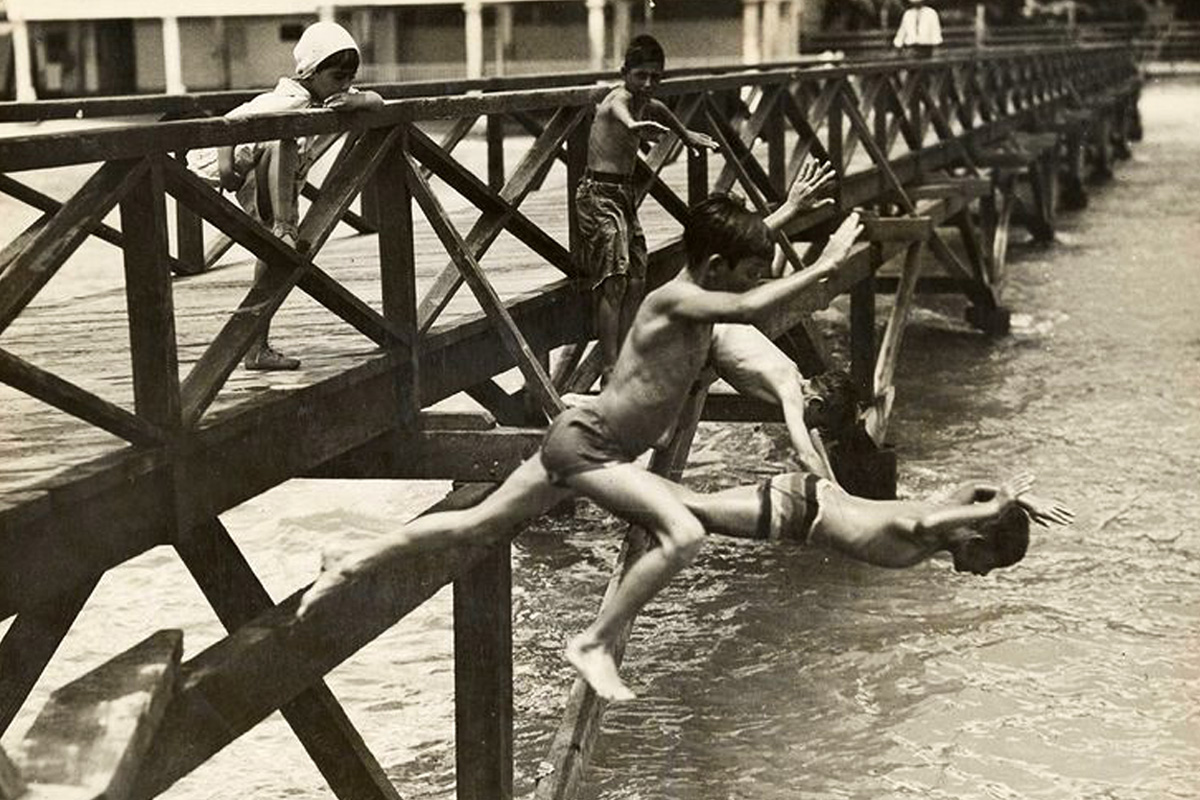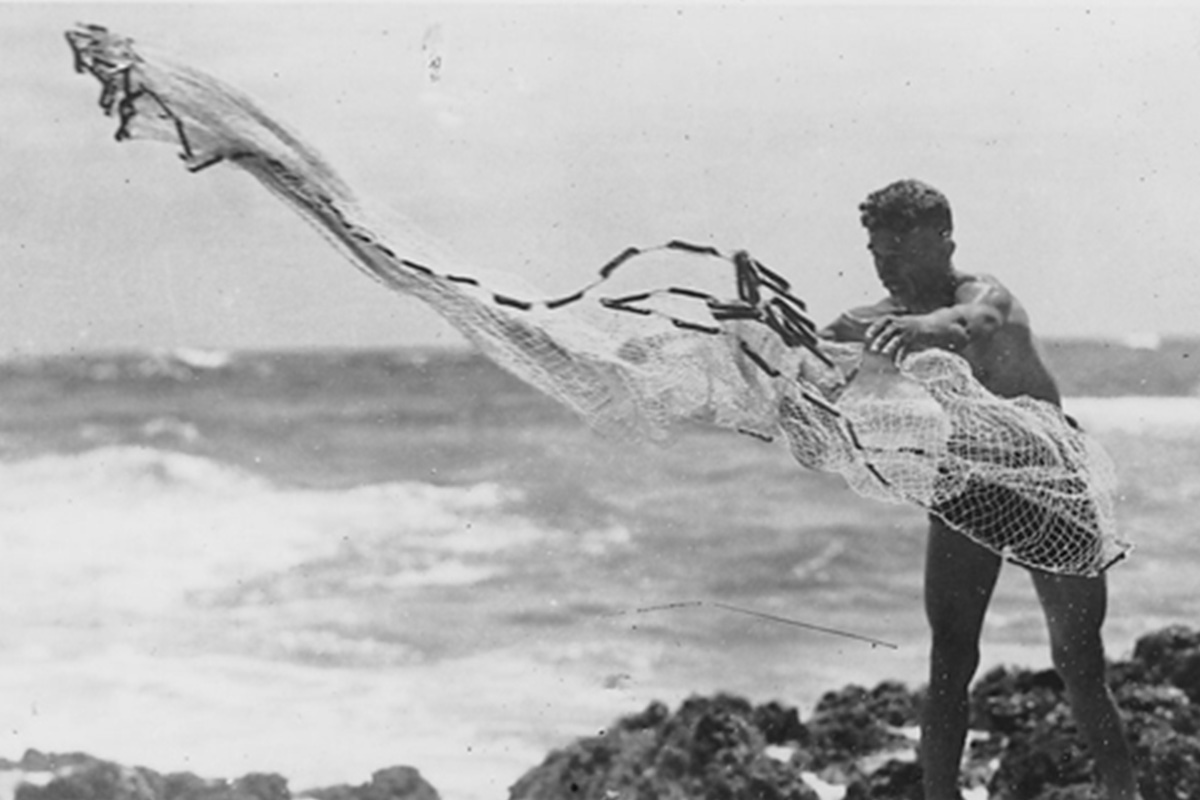Between 1898 and 1941, dozens of petitions from across the islands sent by Hawaiians living in rural communities reached the desk of the territorial superintendent. Their claims ranged from issues related to teacher and principal appointments, requests for more resources (teaching supplies, books), desires for greater local influence over classroom curriculum, and infrastructure improvement requests (school buildings, field maintenance). From 1901 to 1939, Native politicians in the territorial legislature submitted nearly two dozen pieces of legislation that focused on reviving the Hawaiian language as part of the curriculum or as a medium of instruction, providing funding for creating Hawaiian-language learning materials, and offering financial support for Hawaiian students pursuing advanced degrees.
These Native-led initiatives enhance our historical understanding of Native Hawaiian social and political activism during the territorial period by including the dynamic and unique ways those outside the classroom actively sought to shape what happened inside the classroom. Doing so reveals new “grounds of struggle” that forces us to reimagine the Native Hawaiian response to Americanization and American education during Hawaiʻi’s territorial period (1900-1959) as more complex and extensive than previously understood. This understanding helps demonstrate how the culture wars in Hawaiʻi’s public education system were not confined only to Natives inside schoolrooms and on school campuses but existed simultaneously outside of formal instructional spaces. Indigenous parents, grandparents, neighbors, community members, and politicians acted collectively to influence public schooling in culturally sustaining ways that benefited their children and future as a people.
Language Bills
-
HB (1929) Hawaiian Language in all High Schools, Junior High Schools
-
HB 110 (1903) The Teaching of the Hawaiian Language in the Public Schools
-
HP 68 (1901) Bilingual Education (Hawaiian and English as Mediums)
-
HB 252 (1917) Instruction in the Hawaiian Language
-
HJR 8 (1917) The Hawaiian Language to be Taught in the Public Schools
-
SB 171 (1919) Providing for the Teaching of Hawaiian and Other Languages
-
HB 306 (1923) Teaching of the Hawaiian Language at UH and All Public High and Junior High Schools
-
HB 74 (1921) Instruction in the Hawaiian Language
-
SB 121 Foreign and Hawaiian Language Lessons in Public Schools
-
HB 362 (1931) For the Teaching of the Hawaiian Language, Customs, Traditions, Culture and Agriculture in Rural Public Schools
-
HR 78 (1935) Committee for Hawaiian Language Classes at Lalani Village
-
HP 36 (1917) Hawaiian Language Lessons
-
SB 216 (1939) Establish and Maintain Hawaiian Language Classes in All Public Schools on Hawaiian Homestead Lands as Part of Their Regular Curriculum
-
HB 98 (1929) Petition on Language Funds, Committee Comments
-
HB 90 (1917) To Teach the Hawaiian Language in Addition to English
-
HB 146 (1935) Amendment Related to Hawaiian Language Act 21, Daily Instruction in the Hawaiian Language
-
HB 241 (1923) Hawaiian Language as Part of the Public School Curriculum
-
HCR 4 (1927) – Hawaiian Language on Molokai Schools
Funding
-
HR 12 (1919) $15k for the Purpose of Teaching the Hawaiian Language in the High and Normal Schools
-
HR 30 (1920) Research Cost and Proper Method of Introducing in a University course in the Hawaiian Language
-
HR 31 (1920) Research Cost and Proper Method of Introducing a Course in the Hawaiian Language
-
HP 19 (1920) $15k For the Preservation of Ancient Hawaiian Prayers and Mele
-
HB 98 (1929) Petition on Language Funds, Committee Comments
-
HJR 23 (1939) Funding for Hawaiian Cultural Classes at Lalani Village
-
HB 75 (1943) Funds for Keaukaha Nursing Students





